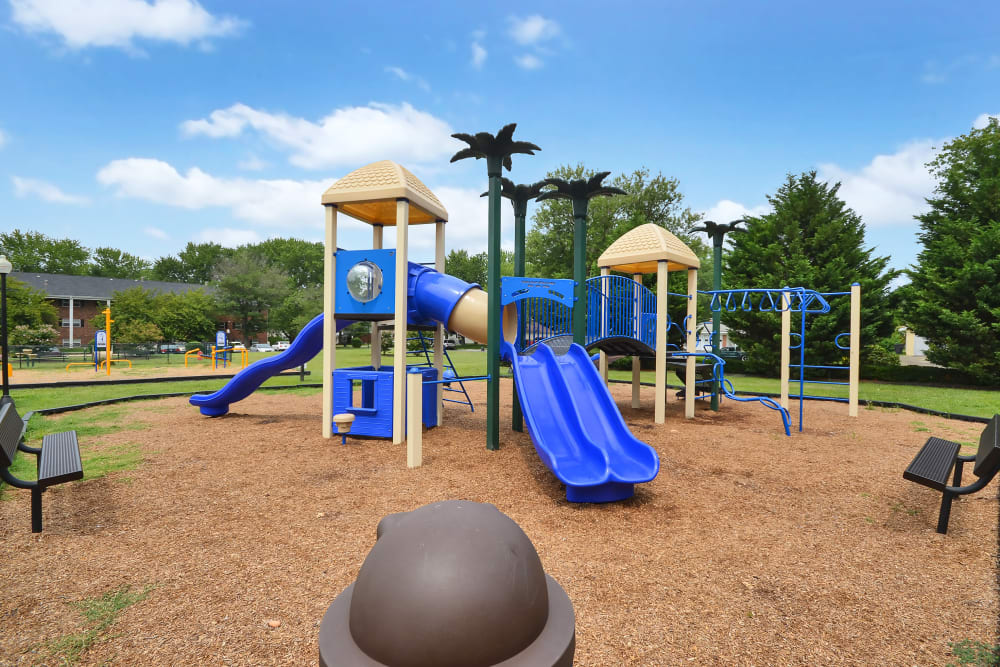
Elevating the Tenant Experience: Designing Dynamic Rental Property Playgrounds
Understanding the Importance of Playgrounds:
Rental property playgrounds are more than just recreational spaces; they are essential components in creating a family-friendly and vibrant living environment. Understanding the significance of these playgrounds in enhancing the overall tenant experience is crucial for property owners and managers.
Designing for All Ages:
A well-designed playground caters to the diverse age groups within a residential community. From toddlers to teenagers, incorporating age-appropriate play equipment ensures that all residents, regardless of age, can enjoy and benefit from the playground. Thoughtful design creates an inclusive atmosphere that fosters community bonding.
Safety as the Top Priority:
When it comes to playgrounds, safety is paramount. Ensuring that play equipment adheres to safety standards, regularly inspecting and maintaining the playground, and providing a safe surface are essential aspects of creating a secure environment. Prioritizing safety measures contributes to peace of mind for both parents and property managers.
Incorporating Green Spaces:
Integrating green spaces within the playground area enhances the overall aesthetics and environmental appeal. Greenery not only adds a natural touch but also provides shade and a pleasant atmosphere. Well-maintained landscaping contributes to a visually appealing and inviting playground that tenants can enjoy year-round.
Community-Driven Design:
Involving the community in the design process can lead to more successful playgrounds. Gathering input from residents about their preferences, desired features, and any specific needs ensures that the playground aligns with the community’s vision. This community-driven approach fosters a sense of ownership and pride among tenants.
Promoting Physical Activity:
Playgrounds play a crucial role in promoting physical activity, especially for children. Incorporating a variety of play structures that encourage climbing, running, and imaginative play contributes to the overall health and well-being of young residents. Physical activity also supports a more active and engaged community.
Ensuring Accessibility:
Accessibility is key to making playgrounds inclusive. Ensuring that the playground is easily accessible to all tenants, including those with disabilities, promotes an inclusive living environment. Considerations such as wheelchair-accessible ramps and inclusive play equipment contribute to creating a space that everyone can enjoy.
Regular Maintenance and Upkeep:
To keep playgrounds in top-notch condition, regular maintenance is essential. Implementing a routine inspection schedule, addressing any wear and tear promptly, and maintaining the cleanliness of the area are crucial for the longevity and appeal of the playground. A well-kept playground reflects positively on the overall property.
Fostering Social Interaction:
Playgrounds are not just for play; they also serve as social hubs within a residential community. Designing spaces that encourage parents to gather, interact, and build connections creates a sense of community. Benches, seating areas, and shaded spots contribute to a welcoming environment for socializing.
Adapting to Changing Needs:
As communities evolve, so do the needs and preferences of residents. Regularly reassessing the playground’s usage, seeking feedback from tenants, and being open to making adjustments ensure that the playground remains relevant and continues to meet the community’s changing dynamics.
In conclusion, rental property playgrounds are integral elements in creating a positive and engaging living experience. By focusing on inclusive design, safety, community involvement, and ongoing maintenance, property owners can cultivate a playful and vibrant community atmosphere. For more insights on optimizing rental property playgrounds, visit Rental property playgrounds.
